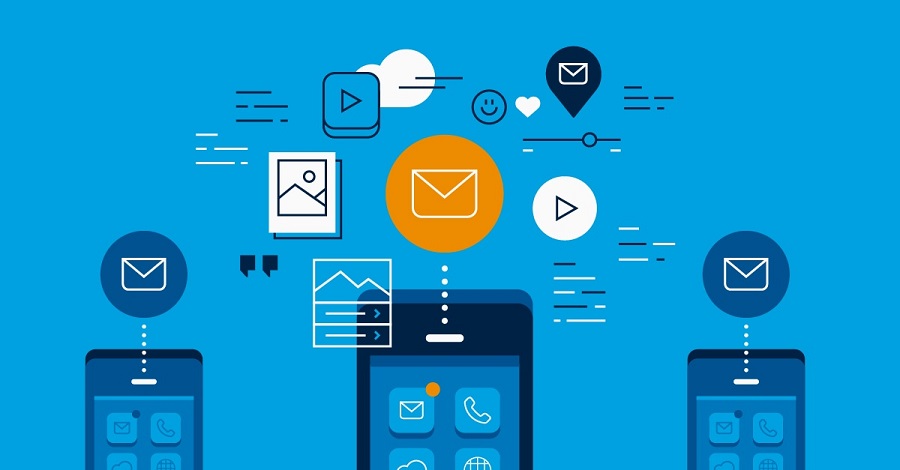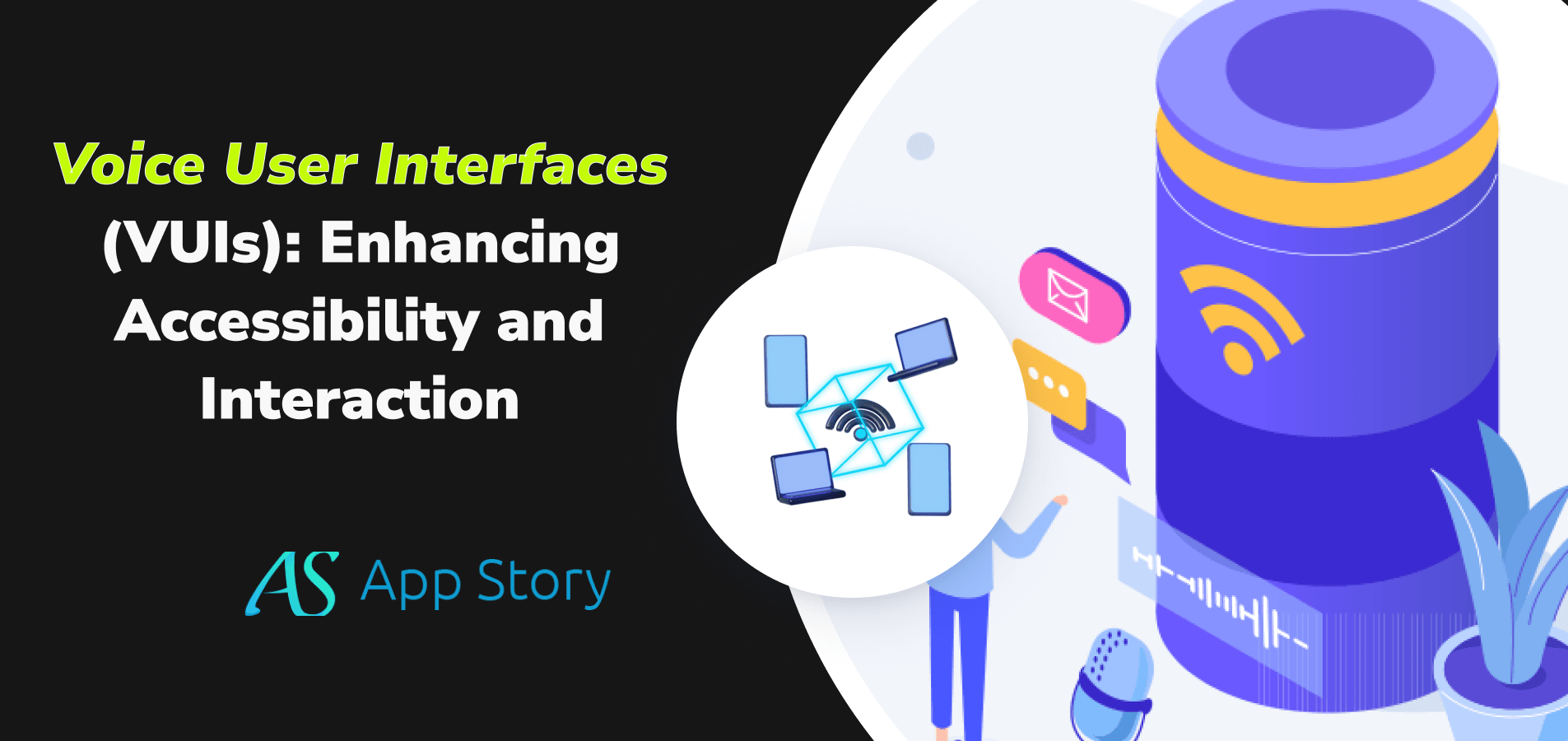Software development considers as a creative as well as a logical process. Thus, when you want to find the best methodologies for project management, the answers would be different.
Software development allows the developer a lot of space for working on their personal opinion. Thus, every developer chooses an approach according to their ease and understanding.
From a broader perspective, the development approaches can be classified broadly into two types of approaches, namely agile and waterfall. However, the waterfall could be the best option if you don’t have (or have limited) accessibility to customers who can offer continual input.
Agile software development appears to be better suited to more complicated and bigger projects with fast access to consumer input. On the other hand, the technique is better suited to projects with continuously evolving specifications because of its adaptability. In this article, we will discuss when the waterfall methodology is better than the agile method.
What is a Waterfall Methodology?
-
First, objectives are gathered and documented. Then, all activities will be carried out depending on the documentation throughout the next phases of development. This stage’s major goal is to test scripts and components.
-
The system, as well as user acceptability, are then tested.
-
In a typical development project, each of these occurrences represents a unique phase of software production. In most cases, each step must be completed before the following one may begin or start. There is also a stage-gate separating each of them.
-
It allows for quicker completion of projects.
-
For modest jobs, the strategy works (with understandable requirements). Also, since developers and consumers may decide about what will be supplied immediately in the product lifecycle, design and planning appear to be simple.
-
It provides methods and outcomes that are well-documented. Because avoid misunderstandings as well as shortcuts, each project step is recorded.
-
Because the complete extent of the task is understood ahead of time, it is easier to track progress.
-
It distributes the load. Each team participant could focus on different areas of their task according to the stage.
- This is a non-interventionist attitude. As a result, there is minimal need for continued client involvement after the original management, and building plans are in effect through the evaluation stage.
What is an Agile Methodology?
Agile methodology is a concept that aids with the app production process by allowing for continuous modification of evaluation and development. But, unlike the Waterfall methodology, development and assessment are done under this method.
Thus, this method helps clients, developers, managers, and testers communicate more.
The following are some of the main principles that the Agile technique projects:
-
In this methodology, the capacity to change design, specifications, architecture, as well as deliverables is critical.
-
The goal of mobile app development company is to provide a product that is as basic as workable.
-
The customer, as well as the development team, must work together on the project.
-
The technique places high importance on collaboration. The teams’ goal is to examine how they might improve their efficiency and change projects as needed.
-
Projects are broken down into small-time units using this process. And those are the sprints with a time limit.
When is the Waterfall Methodology More Beneficial?
Waterfall Methodology is also known as the conventional software development process. Whenever it refers to particular projects that are small and rapid, waterfall seems to be more efficient, simplified, and faster. The waterfall method has been by 15% of the developers in recent times. Generally, the simpler the task, the more suitable it is to the waterfall development method. Thus, let us see when the Waterfall methodology is better than Agile.
- There’s no justification for using the phased technique if you’re only functioning through a few hundred program codes or the project’s range is small. Low-priority initiatives, or projects with a little influence, wouldn’t have a lot of outside help or supervision. Through the waterfall technique, they may be planned and completed.
- One of the most appealing aspects of agile software development would be that the customers may take part in the development approach. But, if you do not have customers though, that benefit vanishes. If you’re managing a project, you’ll have fewer opinions and views to deal with, thus waterfall could be a better match.
- Similarly, if the task has a small number of stakeholders, waterfall may be preferable to agile. But, an Agile development life cycle is a need when dealing alongside a board of supervisors or a full group of decision-makers. When it’s you as well as one other person, the waterfall could be the best option.
-
It might be difficult to identify whether initiatives would be “fixed” as well as which might be vulnerable to future changes. But, you must choose waterfall development when you are convinced that the project will not alter or expand.
-
Another variation between approaches is the approach to document organization. Agile teams, on the whole, don’t have any documentation.
-
When we make a comparison between the strategies, we notice the varied ways of collaborating first. Agile teams do not follow a rigid structure. Because all its members can be swapped out, the task can be completed more. Since the entire group controls the projects, there is little need for managers.
- Another variation between approaches is the approach to document organization. Agile teams, on the whole, don’t have any documentation. 0
-
When we make a comparison between the strategies, we notice the varied ways of collaborating first. Agile teams do not follow a rigid structure. Because all its members can be swapped out, the task can be completed more. Since the entire group controls the projects, there is little need for managers.
-
In general, the Agile software development strategy is more flexible, and it satisfies the needs of clients and ends users in most situations. As a result, it is better suitable for the majority of tasks. it has recently become the most used software development technique, with a huge balance of development firms employing it.
-
Even those who still use the traditional technique are more likely to use a hybrid strategy that incorporates both approaches. Thus, despite Agile’s apparent success, the Waterfall methodology is still a viable option in some situations.
-
There is a wide range of PM tools accessible, regardless of the technique you use. But, the waterfall is best suited to projects containing well-defined objectives that are unlikely to alter. Since there has been a larger possibility of frequent demand changes, Agile appears preferable.





 United States
United States United Kingdom
United Kingdom India
India Canada
Canada Singapore
Singapore



































